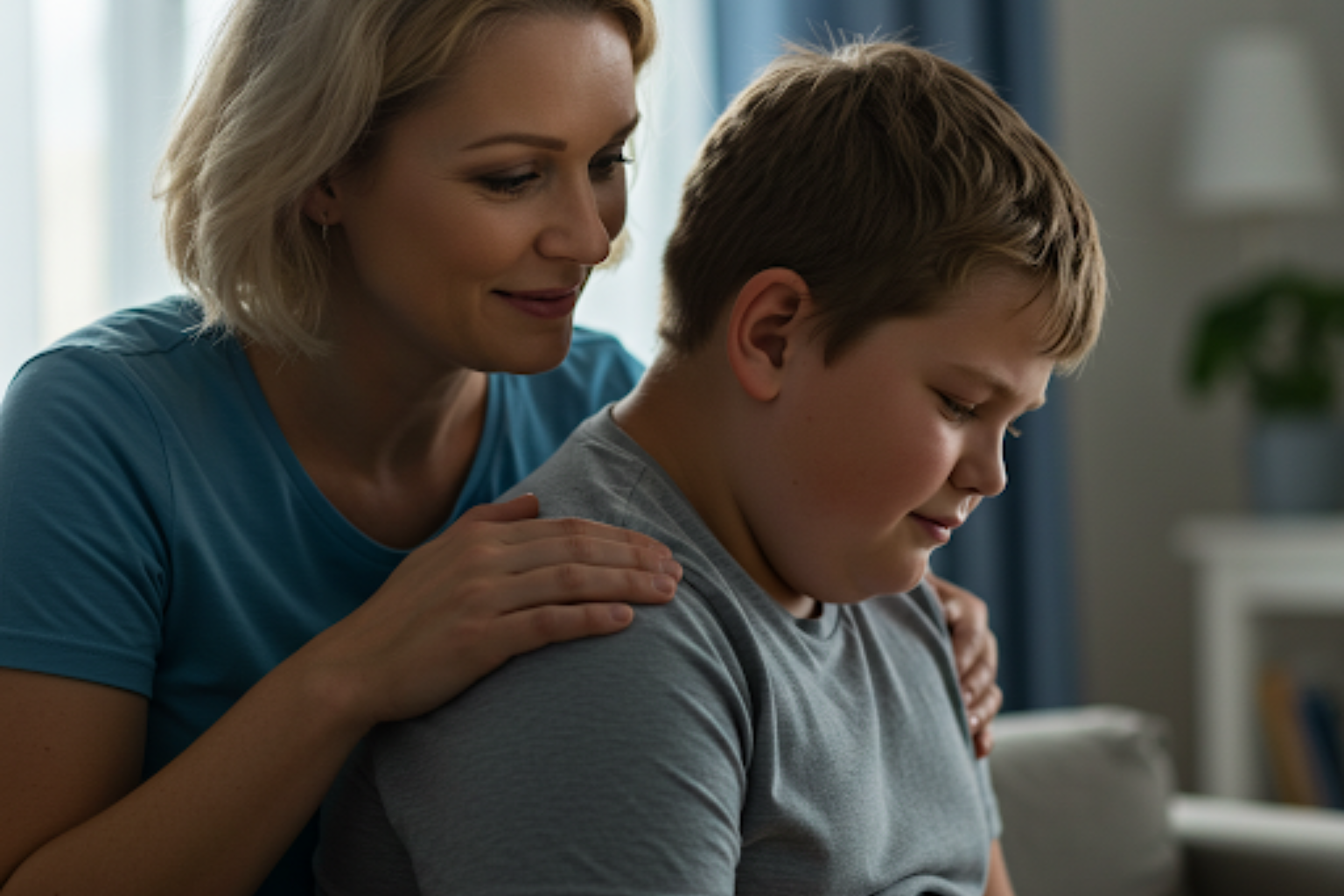Mental health is just as important as physical health, especially during childhood and adolescence—a period full of changes, discoveries, and emotional development. In recent years, there has been a significant increase in the number of young people experiencing emotional distress, including anxiety, depression, and negative body image. These are not simply “phases” that children will outgrow but real issues that require attention, understanding, and support.
Knowing the signs and how to approach these challenges can make a huge difference in a child’s well-being and long-term development.
1. What Is Mental Health in Children and Adolescents?
Mental health refers to emotional, psychological, and social well-being. It affects how children think, feel, act, and relate to others. A mentally healthy child can:
- Cope with challenges appropriately
- Build positive relationships
- Manage emotions and behavior
- Learn and grow with confidence
When mental health is not properly supported, children may struggle to function at home, in school, and in social settings.
2. Anxiety in Young People
Anxiety is a normal reaction to stress, but when it becomes chronic or overwhelming, it can interfere with daily life. Children with anxiety may feel constant worry, fear, or dread without a clear reason.
Common Signs of Anxiety:
- Frequent complaints of headaches or stomachaches
- Avoiding school or social situations
- Excessive worrying about family, grades, or the future
- Trouble sleeping or concentrating
- Restlessness or irritability
How to Help:
- Offer calm reassurance and listen without judgment
- Maintain a predictable routine to reduce uncertainty
- Avoid putting pressure on perfection
- Teach simple breathing and relaxation techniques
- Seek professional support if anxiety disrupts daily life
3. Depression in Children and Adolescents
Depression is more than just sadness. It involves persistent feelings of hopelessness, low self-esteem, and a loss of interest in activities a child once enjoyed.
Symptoms of Depression:
- Ongoing sadness or irritability
- Withdrawal from friends and family
- Changes in appetite or sleep
- Lack of energy or motivation
- Feelings of worthlessness or guilt
- Talking about death or expressing suicidal thoughts (in serious cases)
Support Strategies:
- Encourage open conversations about feelings
- Spend quality time together and offer emotional support
- Reduce screen time and increase physical activity
- Make sure the child feels heard and valued
- Consult a mental health professional when symptoms persist
4. Body Image and Its Impact on Mental Health
Body image is how a person views their own body. During pre-adolescence and adolescence, many young people become more self-conscious about their appearance, which can lead to unhealthy comparisons and distorted perceptions—especially when influenced by media and social networks.
Warning Signs of Negative Body Image:
- Constantly criticizing their body or weight
- Obsessing over appearance or comparing to others
- Avoiding mirrors or photos
- Restrictive eating habits or sudden changes in diet
- Expressing shame or disgust about their body
How to Build Positive Body Image:
- Avoid commenting on weight or appearance at home
- Focus on health and strength, not size or looks
- Praise qualities unrelated to physical appearance (kindness, creativity)
- Encourage media literacy—teach children to question unrealistic beauty standards
- Be a positive role model in how you talk about your own body
5. The Role of Social Media
While social media can be a source of connection, it can also expose children to unrealistic body ideals, bullying, and pressure to appear perfect. This constant comparison can worsen anxiety, depression, and body dissatisfaction.
Tips for Healthy Social Media Use:
- Set limits on daily screen time
- Follow diverse and body-positive accounts
- Talk openly about filters, editing, and curated content
- Encourage offline activities that boost self-esteem
- Monitor online behavior without excessive control
6. Building a Supportive Environment
The home and school environment play a crucial role in a child’s mental health. A strong support system can prevent problems from escalating and help children develop healthy coping skills.
How Parents and Educators Can Help:
- Create safe spaces for expression and dialogue
- Pay attention to behavioral changes
- Normalize conversations about emotions and therapy
- Teach problem-solving and emotional regulation
- Model resilience and self-care
7. When to Seek Professional Help
Sometimes, the signs of anxiety, depression, or body image issues are subtle. Other times, they become intense and begin to affect a child’s daily life. It’s important not to wait too long to ask for help.
Consider Professional Help If:
- Symptoms persist for more than a few weeks
- Daily activities (school, social life, eating, sleep) are impacted
- The child talks about self-harm or suicidal thoughts
- Family efforts don’t seem to help
Psychologists, therapists, and pediatricians can offer assessments, therapy, and tailored guidance for both children and families.
Final Thoughts: Emotional Health Is a Lifelong Foundation
Supporting mental health in childhood is an investment in a child’s future. Anxiety, depression, and body image struggles can be overwhelming, but with the right tools, support, and understanding, children can learn to navigate these challenges in healthy ways.
Creating a world where emotions are not taboo, differences are accepted, and help is encouraged builds resilience and emotional intelligence—traits that will benefit children for life.
